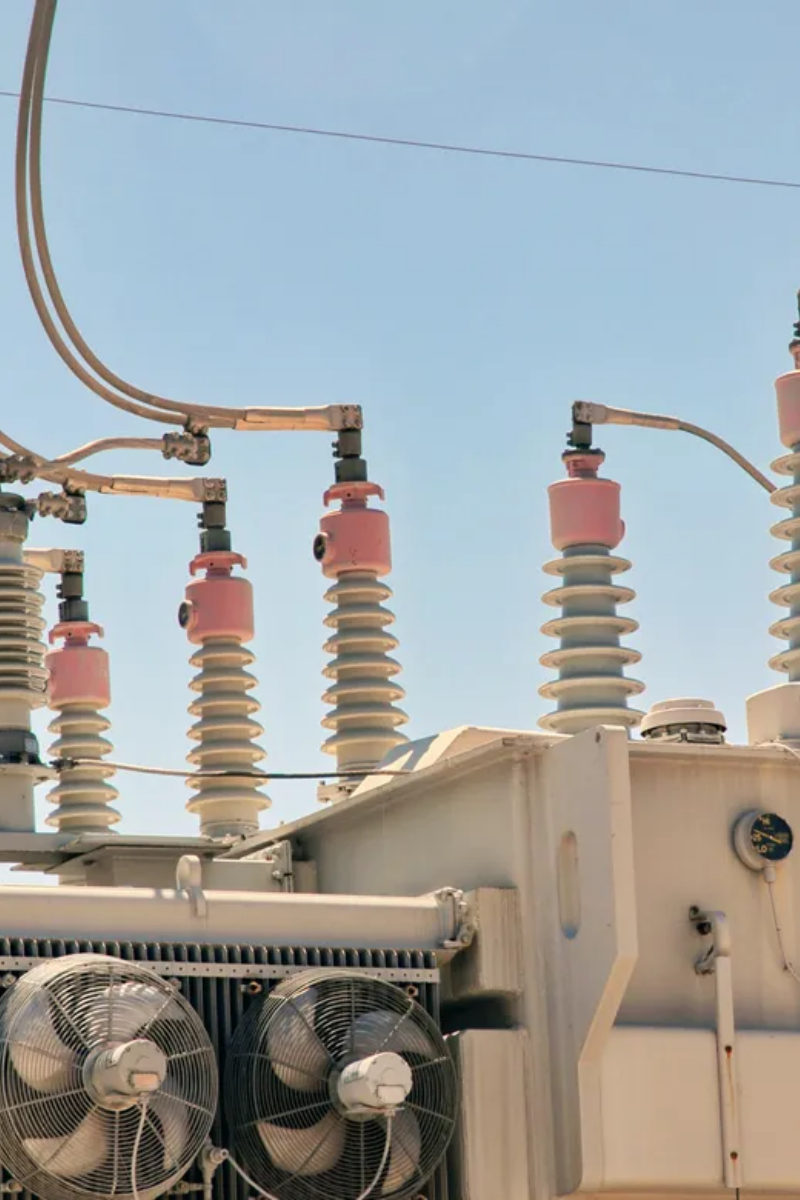Let’s Ensure the Next Generation of the Power Grid Leverages Open-Source Technologies
During the next two decades, trillions of dollars will be spent on a new, more connected, and interactive power grid. Projects selected for funding via GRIP (DoE’s Grid Resilience and Innovation Program) will help define how renewables and microgrids will be integrated into the larger power grid. To facilitate these key integrations, GRIP project leaders are encouraged to carefully examine the value of adopting open-source technologies designed to enhance system interoperability and support project replicability and scalability.
This article delves into the role open-source solutions can play within the U.S. Department of Energy’s $10.5 billion GRIP initiative. In this “open letter,” ACE IoT invites project leaders to consider how and why open-source technology will enhance the resilience, adaptability, and ultimate success of their GRIP projects. As a potential implementation partner, ACE IoT seeks introductions to GRIP project leaders and opportunities to introduce and demonstrate the proven capabilities of open-source technologies, including VOLTTRON.
The U.S. Department of Energy (DoE) is currently administering a once-in-a-generation $10.5B Grid Resilience and Innovation Program (GRIP)–the largest ever single investment in critical grid infrastructure.
In October 2023, DoE announced 58 Smart Grid, Grid Resilience and Grid Innovation projects selected for Round 1 GRIP funding.
For Round 2, Project Concept Papers are due in January 2024.
A recent report released by DNV forecasts that $12 Trillion dollars will be spent in the US and Canada on the grid and renewables over the next 25 years. GRIP provides an opportunity for grid operators and utilities—in concert with their innovation and community partners, vendors and subject matter experts—to design and deploy innovative projects that will help establish best practices, accelerate integration of clean energy and ensure the next generation of the grid is resilient, adaptive, and flexible.
Effective Integrations will be a Key Driver of Grid Innovation
Due to the scale and the programmatic focus of GRIP funding, GRIP offers a unique opportunity to influence the design and operation of our nation’s power grid. Projects selected for funding in Round 1 span 44 states and the project teams include hundreds of organizations. There is every reason to believe that projects selected for Round 2 and Round 3 will reflect a similarly broad scale. By program’s completion around 2030, projects funded by GRIP will be present across the country and will involve hundreds of leading utilities, grid operators, equipment and technology vendors and research organizations.
Perhaps as important as GRIP’s scale is the program’s focus. In Round 1, 28 of the selected projects (totaling $2.25B of the $3.46B of Federal funding made available during Round 1) include the creation of microgrids and the integration of renewables. From the fact that approximately two-thirds of available GRIP funding went to projects for which integrations are a central feature, it is reasonable to discern a programmatic emphasis on projects that establish effective integrations; namely, integrations of microgrids with the larger power grid infrastructure and integrations of renewables and Distributed Energy Resources with both microgrids and the power grid infrastructure.
Including Open-Source Software in GRIP Projects is a Win-Win-Win
For Utilities and Grid Operators, including open-source technologies in GRIP projects is a win because the deployment of open technologies will allow these companies to maintain control over the innovative technologies that will administer the grid of the future. It has been a dozen years since Marc Andreessen correctly foresaw that software is eating the world. Indeed, from the last decade, we can predict with confidence that software will provide the future grid’s interactivity, smarts, and innovation. A decision to leverage open-source software provides utilities and grid operators with a platform for managing their operations that is more flexible, adaptable and controllable than a platform built-on a proprietary technical stack. Open-source software provides utilities and grid operators with a means to incorporate advanced, software-driven technologies without relinquishing control of the underlying technology to a 3rd party vendor.
For GRIP Project Leaders and their Innovation Partners, including open-source technologies in GRIP projects is a win because it will help ensure that key integrations are robust and secure. For critical infrastructure, such as the power generation and distribution networks, utilities and the authorities overseeing utilities are right to take a trust but verify approach to the incorporation of new assets on these networks. Security experts at utilities and grid operators must conduct a risk-based assessments of any new technologies. These assessments are more easily done and more through if the experts have unfettered access to the code, as is the case for most open-source technologies. Additionally, including open-source software in GRIP projects is a win for entities that are developing innovative applications, including applications using advanced algorithms and/or AI, that rely on robust integrations between buildings, Distributed Energy Resource, and the power grid. We can anticipate that the future power grid – like the current grid – will be a system of systems and will rely on robust integrations.
For GRIP Administrators at the U.S. Department of Energy and for Residents and Consumers in the United States, including open-source software in GRIP projects will mean that successful projects will be replicated throughout the country. Ideally, successful GRIP-funded projects will become reference models for deployments across the country. In many cases, reference models must be modified from deployment to deployment to accommodate geographic, commercial, or other differences. Projects that leverage open-source technologies are more flexible and adaptable than projects built around proprietary software. Assuming that well-documented open-source integrations are an outcome of GRIP, the use of open-source software will help make GRIP-funded projects readily deployable, replicable, and scalable.
Open-Source Technologies Designed to Enhance Grid Flexibility Have Been Deployed and Have Delivered Desired Results
Organizations including ACE IoT Solutions stand ready to enable and support the deployment of open-source technologies as part of GRIP projects. Using the open-source VOLTTRON technology as a middleware solution, ACE IoT has support implementations in partnership with utilities, grid operators and their innovation partners. These deployments have:
Supported the integration of renewables via DER integrations
Increased the flexibility, efficiency, reliability, and resilience of the electric power system
Enabled intelligent applications that add smarts to microgrids, Advanced Distribution Management Systems and Outage Management Systems
This is the time. 58-selected projects are finalizing their project implementation plans. Hundreds more project teams are preparing their concept papers for GRIP Round 2. Let’s ensure that open-source software is enabling critical integrations for GRIP funded projects. Doing so will be a win for utilities, grid operators, innovation partners and, ultimately to residents of the US–a win-win-win.
About ACE IoT Solutions
ACE IoT Solutions is a national leader in the development for and deployment of the open-source technology VOLTTRON. VOLTTRON is the engine of ACE IoT’s technical stack, providing a core function related to data acquisition, system integration and control of connected assets. Developed by Pacific Northwest National Lab (PNNL) with $6M+ of funding from DoE, VOLTTRON is a technology platform designed to enable transactive energy use cases.
ACE IoT is a certified small business based in Chattanooga, TN
ACE IoT customers include Utilities, Municipalities, Research organizations, Engineering firms, and Commissioning firms.
ACE IoT operates technology in hundreds of facilities including hospitals, schools, commercial + residential bldgs., industrial facilities, and an MLB stadium.
ACE IoT seeks introductions to GRIP project leaders and opportunities to introduce + demonstrate the capabilities of open-source technologies, including VOLTTRON.
Contact Bill Maguire (bill@aceiotsolutions.com) to discuss.
Follow ACE IoT on LinkedIN.


